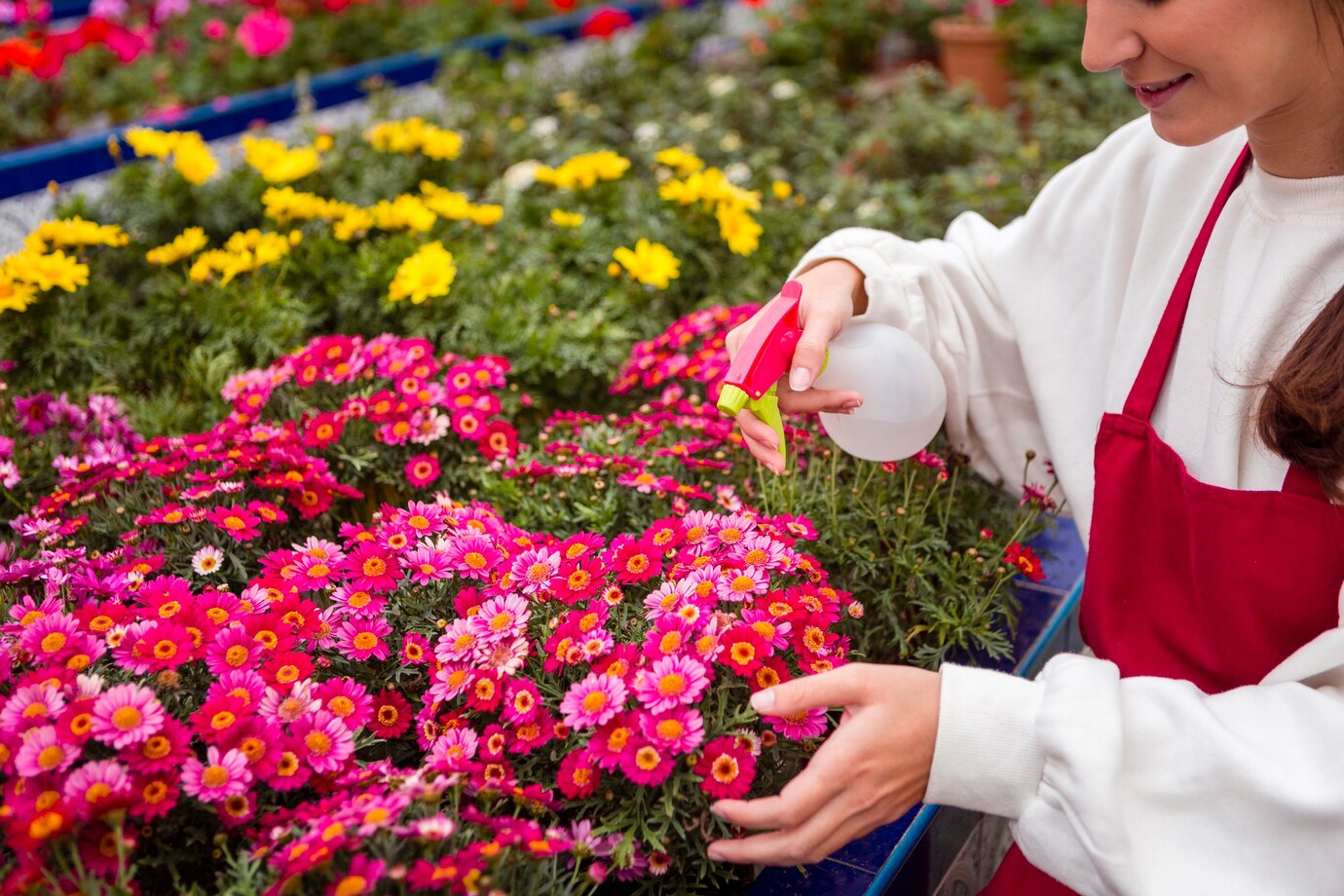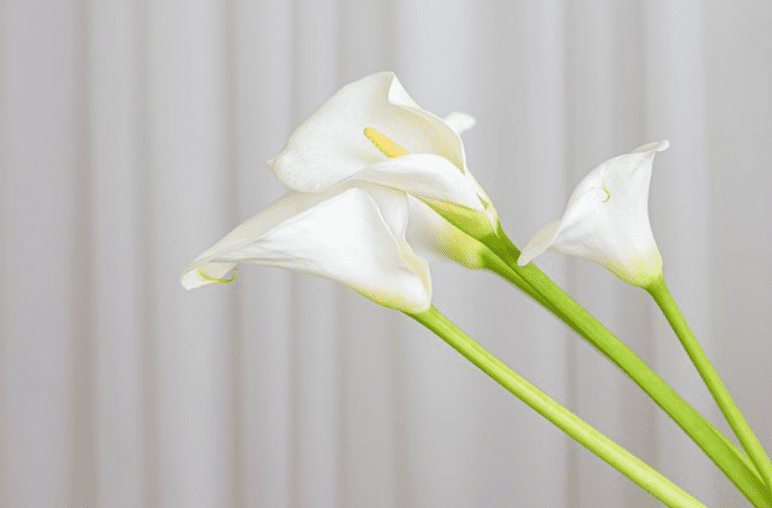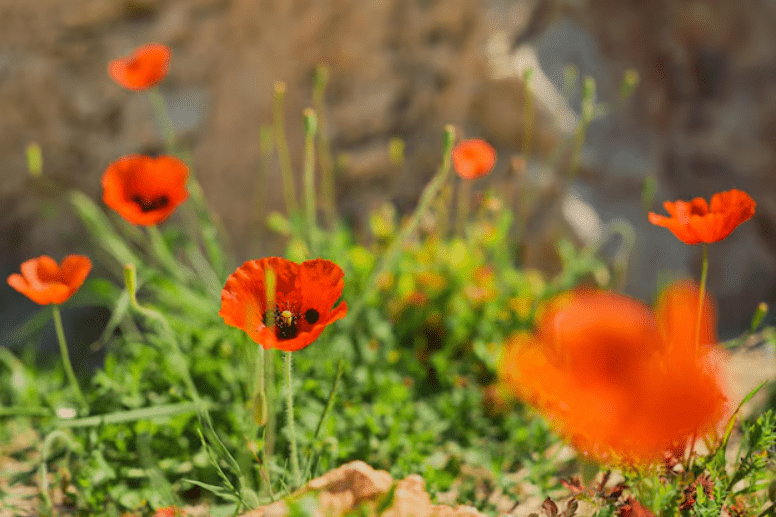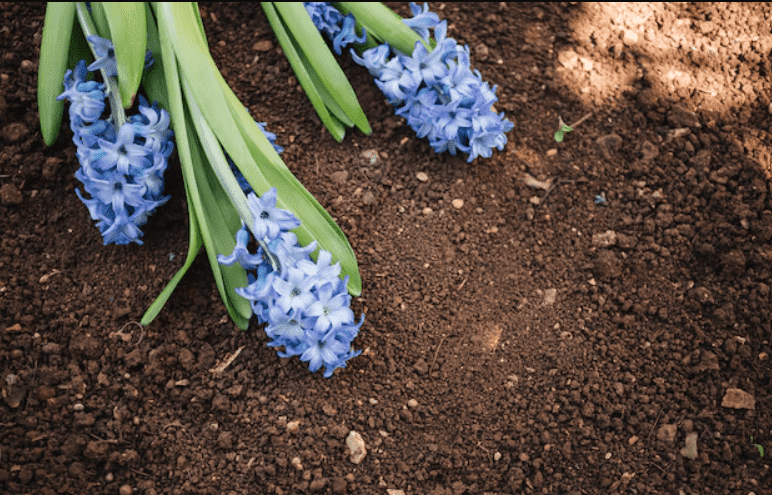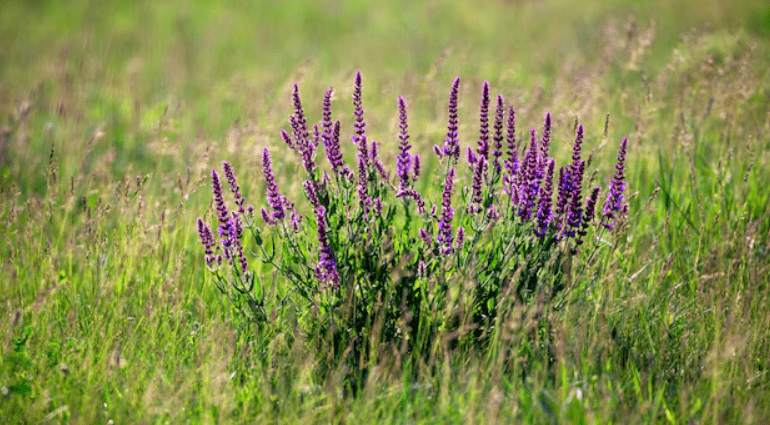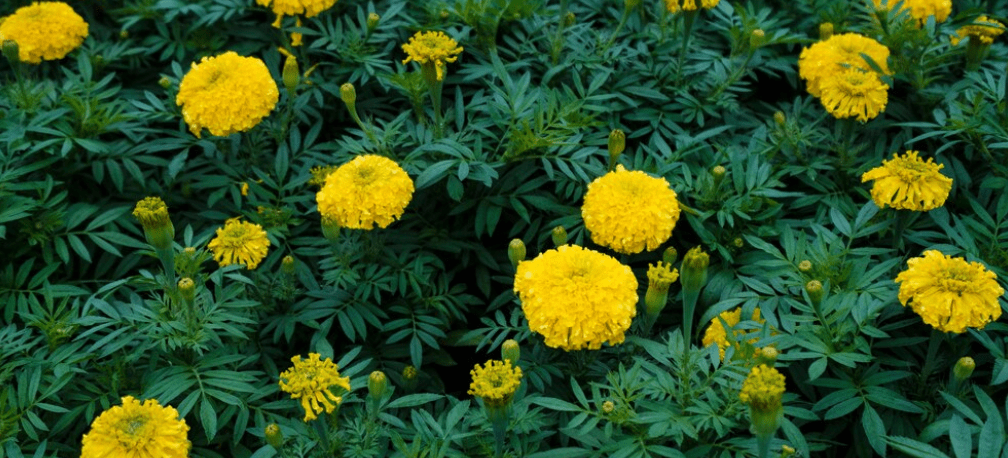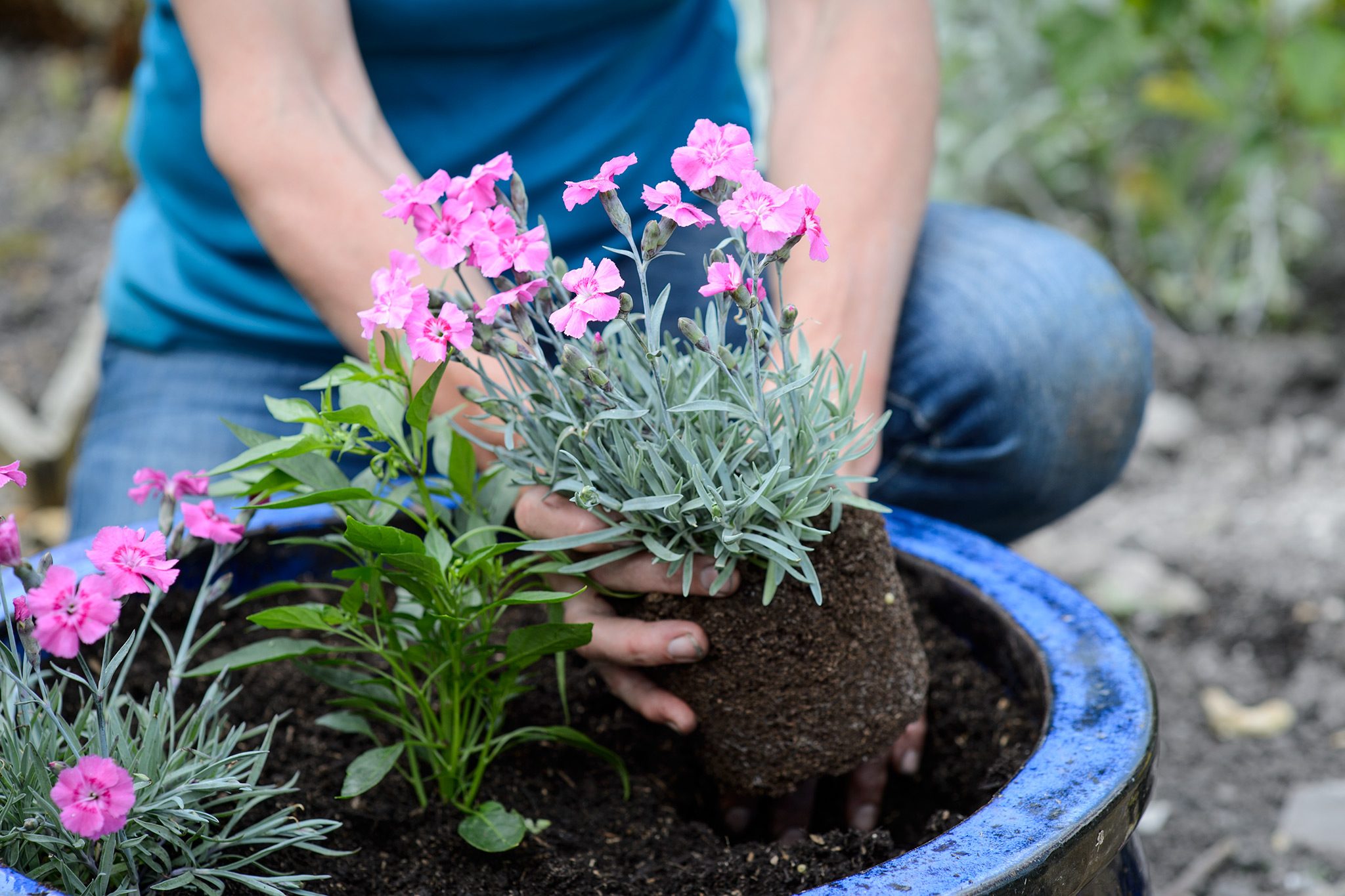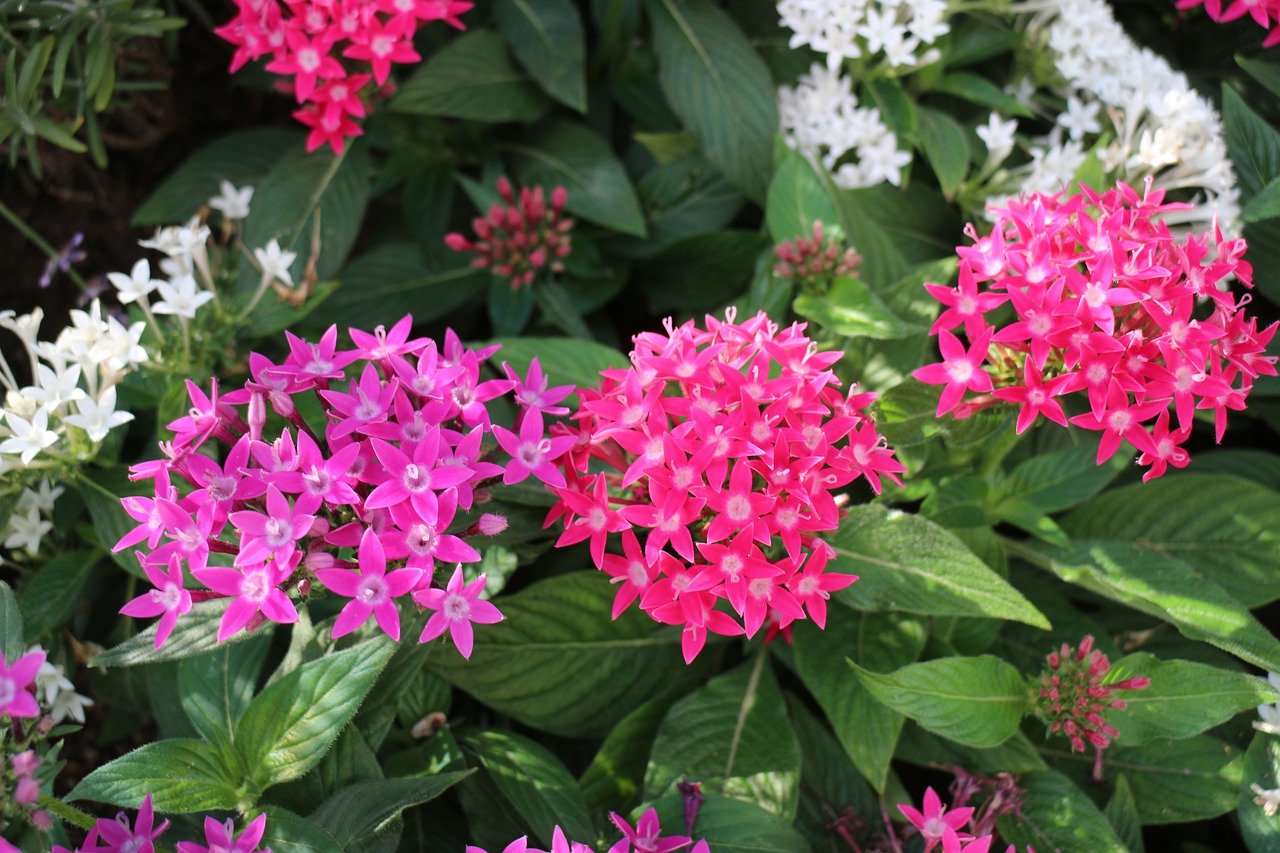Cosmos, often called the ‘Mexican Aster,’ is an easy-care annual that blooms for an extended period. The word “Cosmos” comes from Greek, meaning beautiful, referring to its lovely blossoms. These bedding plants are widely chosen for their diverse color palette, ranging from white to orange, pink, and even chocolate tones. The white variety, known as ‘Purity,’ has grown in popularity lately, thanks to the increasing trend of all-white garden designs.
What You’ll Need to Grow Cosmos
Cosmos plants are native to Mexico and parts of South America, so they grow best in sunny, sheltered spots. They can bear poor soil conditions but perform best with more vibrant blooms when planted in well-drained, nutrient-rich soil and given regular watering.
This hardy annual is both low-fuss and rewarding. It is a great choice for both experienced gardeners and enthusiastic newcomers. Just remember to plant them outdoors only when the frost has passed, typically around mid of May.
To Grow Cosmos From Seed, You Will Require:
Covered seed trays – Depending on your garden’s size and how much space you have for planting Cosmos, you don’t need to sow all the seeds in one go. Save some for the next season.
Seed compost – Opt for peat-free seed compost if possible. Since seeds already have the nutrients they need to kickstart growth, seed compost is typically lighter and less rich than multi-purpose or potting-on compost.
Watering can – Use a watering can fitted with a fine rose to gently moisten the seed trays without disturbing the soil.
Liquid seaweed feed – Especially useful for container-grown Cosmos, this feed gives young plants a healthy boost.
Canes and twine – Have some sticks or canes on hand for support. Once Cosmos reach their mature height, they often benefit from a bit of staking to keep them upright.
Where to Plant and Place Your Cosmos
Not sure when to start sowing Cosmos seeds in covered trays? Here’s a simple four-step guide on how to grow Cosmos successfully on a sunny windowsill or in a greenhouse. Follow it and enjoy months of vibrant blooms, perfect for your garden or to brighten up a vase indoors.
Start in March or April: Scatter Cosmos seeds thinly over a seed tray filled with good quality peat-free seed compost. The seeds are long and narrow, so handle them gently.
Cover and Germinate: Add a light layer of compost (around 3mm), then place the tray on a sunny windowsill or in a greenhouse. Water lightly but consistently to keep the soil just moist.
Transplant and Pinch Out: Once seedlings are large enough to handle, pot them on individually. When the plant has three sets of leaves below the tip, pinch out the top pair to encourage bushier growth and more flowers.
Pot On and Plant Outside: When the seedlings reach 8–10 cm tall, move them into slightly larger pots using potting-on peat-free compost. Once frost risk is over (around late May), plant them outdoors in a sunny spot, preferably toward the back of your garden bed.
When to Plant Cosmos Seeds
If you’re starting Cosmos from seed indoors on a windowsill or in a greenhouse, aim to sow the seeds around March or April. Planting them earlier isn’t recommended, as Cosmos seedlings can become too tall and leggy if kept inside for too long since they can only be moved outdoors after frost has passed, typically by mid to late May. Starting them too soon can lead to weak growth.
If you want to sow Cosmos seeds directly in the garden, late May is ideal. By then, not only had the risk of frost completely passed, but the soil had also warmed up to create better conditions for germination. Scatter the seeds over finely raked, good-quality soil to give them the best start.
How to Sow Cosmos Seeds Directly in the Ground
The best time to sow Cosmos seeds directly outdoors is in May or June. Scatter the seeds evenly over well-raked soil and lightly cover them. There’s no need to transplant later, since the seeds should be sown straight into their final growing position. Water thoroughly after sowing and keep the soil moist during germination. Cosmos typically sprout within 7 to 21 days.
As the seedlings grow, keep an eye on them and pinch out the top buds once they’ve developed three sets of leaves. This helps encourage bushier growth and more blooms throughout the season.
After the flowering period ends, you can leave the seed heads on the plants to naturally allow them to self-seed for the following year. If you’d prefer not to have Cosmos reappear, be sure to pull up the plants by the roots before seed heads form in early autumn.
For a quicker start or if you’d rather skip seed sowing altogether, garden centers and online plant shops usually offer Cosmos plug plants or garden-ready options from mid-May onwards.
Caring and Nurturing Your Cosmos
For ideal Cosmos care, once your seedlings have been potted into slightly larger containers, begin the hardening-off process by placing them outdoors during warm days and bringing them back inside at night. This helps them adjust gradually to outdoor conditions. Like most annuals, Cosmos benefit from regular feeding as they complete their life cycle in a single season. To encourage abundant flowering, feed them every two weeks using homemade compost tea, worm bin liquid, or liquid seaweed fertilizer.
If your Cosmos become tall and spindly without producing blooms, stop feeding and observe their growth and flower development—excess nutrients can sometimes lead to leafy growth at the expense of flowers.
Throughout the growing and blooming period, water regularly, especially during dry spells. Cosmos planted in full sun and allowed to dry out may struggle to thrive.
Tall Cosmos varieties can reach up to 2.5 meters and often need support. Use garden canes or tall, slim stakes to prop them up, tying the stems gently with string or soft ties. As the plants reach their full height, you might need to loop the stems multiple times to keep them supported and upright.
Cosmos doesn’t require pruning, but regular deadheading—or picking flowers—will keep them blooming steadily for up to four months, right into early autumn or until the first frosts arrive.

